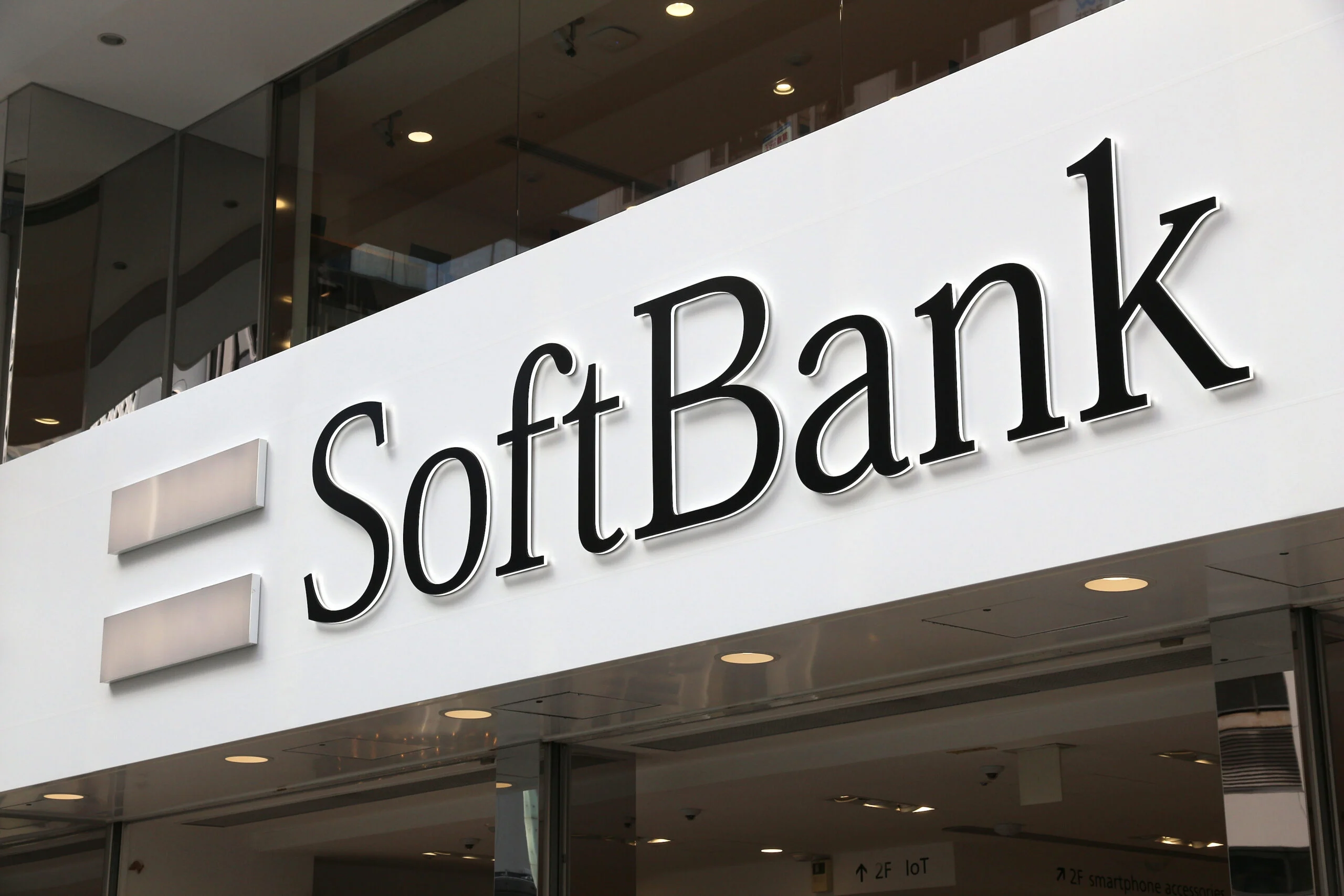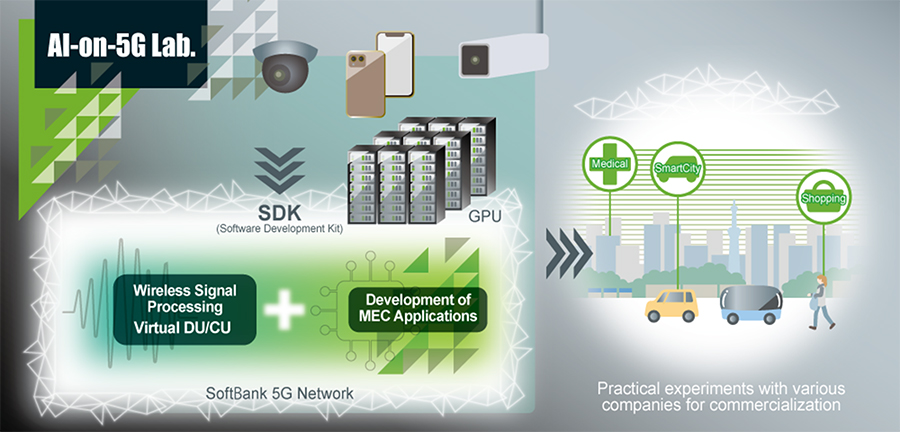Introduction The SoftBank AI 5G boost is making waves in the telecom industry. By deploying artificial intelligence within its radio access network (AI-RAN), SoftBank has reported up to 30% faster 5G speeds. This powerful innovation demonstrates how AI is no longer just an add-on to telecom systems but a core driver of efficiency, performance, and …
SoftBank Harnesses AI to Boost 5G Speeds by 30%

Introduction
The SoftBank AI 5G boost is making waves in the telecom industry. By deploying artificial intelligence within its radio access network (AI-RAN), SoftBank has reported up to 30% faster 5G speeds. This powerful innovation demonstrates how AI is no longer just an add-on to telecom systems but a core driver of efficiency, performance, and sustainability. As mobile data consumption soars, this breakthrough could redefine how operators worldwide build and manage their networks.
How the SoftBank AI 5G Boost Works
SoftBank’s AI-driven network optimization is more than just a software upgrade. The company has deployed advanced AI algorithms, similar to generative AI models, that:
- Optimize signal processing in real-time.
- Balance network loads to prevent congestion.
- Reduce energy consumption while improving throughput.
- Enhance reliability for latency-sensitive applications like autonomous driving and cloud gaming.
By embedding AI at the core of 5G, SoftBank has transformed its infrastructure into a self-learning, adaptive system. According to SDXCentral, this trial has already proven commercially viable, signaling a new era for telecom operators worldwide.
The Technology Behind the SoftBank AI 5G Boost
Traditional telecom networks rely on static optimization methods, which often struggle to handle fluctuating demand. SoftBank’s AI-RAN flips this model by using machine learning to continuously adjust network parameters in real time.
Key elements include:
Dynamic Spectrum Allocation: AI ensures frequencies are used where demand is highest.
Load Balancing: Algorithms intelligently route traffic to underused cells, preventing congestion.
Energy Optimization: By predicting demand, base stations reduce unnecessary power consumption.
Enhanced Signal Quality: AI corrects interference and noise faster than manual systems.
In short, the SoftBank AI 5G boost equips the network with the ability to “self-heal” and adapt on the fly—something manual systems cannot achieve at scale.

Global Significance of the SoftBank AI 5G Boost
Why does this matter globally? Because telecom providers everywhere face the same pain points:
Data Surge – With video streaming, gaming, and IoT exploding, networks are under massive strain.
Cost Pressures – Operators are investing billions in 5G rollouts but need higher efficiency to remain profitable.
Sustainability Goals – Telecom is energy-intensive, and AI-driven optimization helps reduce carbon footprints.
The SoftBank AI 5G boost shows that these problems can be tackled together. For consumers, it promises smoother calls, faster downloads, and lag-free streaming. For enterprises, it creates more reliable infrastructure for autonomous vehicles, remote healthcare, and industrial IoT.
Comparisons With Other Markets
Globally, major carriers are experimenting with AI, but SoftBank’s trial is among the first to prove real-world success.
Europe: Operators like Vodafone are using AI for predictive maintenance but have yet to match SoftBank’s 30% speed increase.
United States: Verizon and AT&T focus heavily on mmWave 5G; AI adoption is slower.
China: Huawei and China Mobile are experimenting with AI-driven 5G for smart cities but face regulatory hurdles abroad.
SoftBank’s achievement positions Japan as a front-runner in AI-powered telecom innovation.
Toward 6G: The Future of AI in Telecom
The SoftBank AI 5G boost is not just about improving today’s networks—it lays the foundation for 6G. Experts predict that 6G, expected around 2030, will integrate AI natively into network architecture. This means networks will be fully autonomous, capable of predicting traffic surges, reconfiguring themselves instantly, and even learning from global usage patterns.
By experimenting early, SoftBank is giving itself a strategic advantage in the global race toward 6G readiness.
Challenges for Wider Adoption
Despite its promise, the road to widespread adoption comes with challenges:
High Implementation Costs: Scaling AI-RAN across large geographies is expensive.
Data Privacy Concerns: AI thrives on big data, raising regulatory questions.
Interoperability Issues: Integrating AI with legacy equipment can be complex.
Still, the momentum behind the SoftBank AI 5G boost suggests that these challenges will be addressed through partnerships, open standards, and global R&D collaborations.
Conclusion
The SoftBank AI 5G boost is more than a technical upgrade—it is a powerful breakthrough that could reshape the telecom landscape. By merging AI with 5G, SoftBank has proven that networks can be faster, smarter, and greener. As global operators take note, one thing becomes clear: the future of connectivity will be defined not just by faster frequencies but by the intelligence woven into the networks themselves.
Subscribe to Our Newsletter
Keep in touch with our news & offers
Thank you for subscribing to the newsletter.
Oops. Something went wrong. Please try again later.







